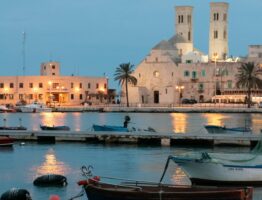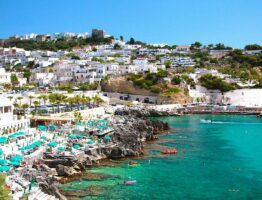Peculiar spots that many would define as « Instagrammable places in Puglia », but which we prefer to call places to see and get to know, for their poetic beauty but also for their history and link with the territory.
Puglia, especially in recent years, has become an iconic destination, because it is full of places with a flavor that is as exotic as… quite recognizable.
From the scenarios of the port of Otranto, seen from its walls to the castle on the sea of Gallipoli, from the baroque streets of Lecce to the lighthouses of Otranto and Santa Maria di Leuca.
Here, on Salento Dolce Vita blog-magazine, we always try to entice all of you, our fellow visitors and welcome guests, to go even beyond the traced paths and be surprised and admired by the lesser-known beauty, still little narrated, in the most hidden but full of charm that our land of Puglia offers you.
Today we suggest some « hotspots », specific points, very detailed places in some towns and cities of Puglia, where travelers are often accompanied only by local friends.
Bauxite queary in Otranto
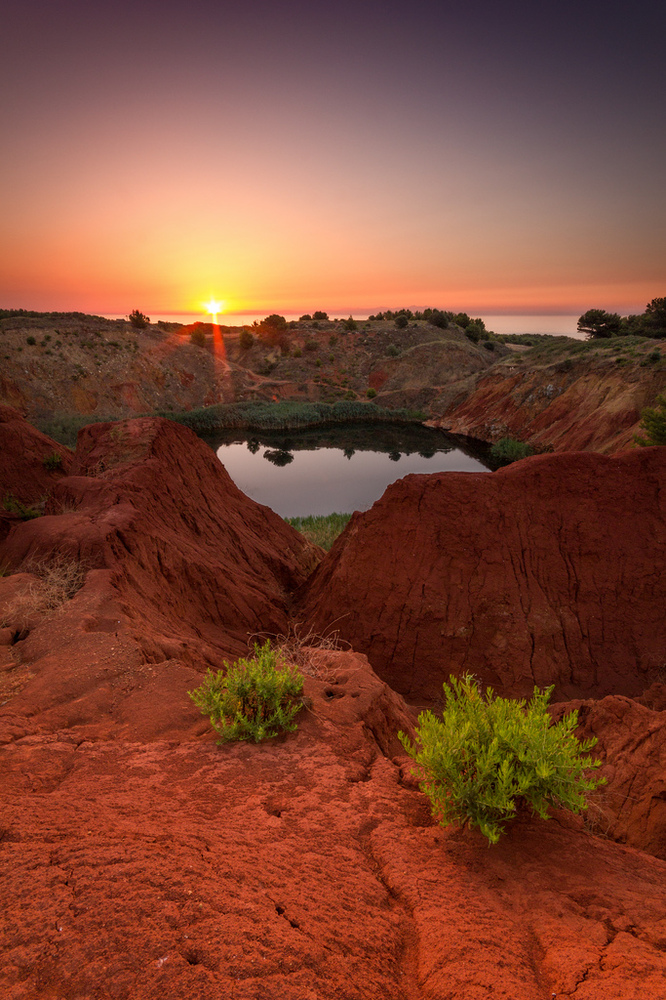
The beautiful Otranto is certainly known for its marvelous city and seascape, but just outside the city center there is an almost… Martian place, because it seems to be on another planet.
The bauxite quarry is a deposit of the mineral bauxite, no longer operational since 1976, where an emerald green lake of a surreal intensity has formed.
The waters infiltrations into the ground have filled this quarry, thus creating over the years a new lake ecosystem and an alternation of very strong colors which veer violently from red to green.
You can reach this area by car, going from Otranto to Santa Cesarea. The car cannot reach (fortunately) up to the quarries. It is necessary to leave the car at the end of a dirt road and proceed on foot.
We also talked about it in our advice on Salento itineraries for those who love trekking and outdoor activities.
« Blue door » in Ostuni
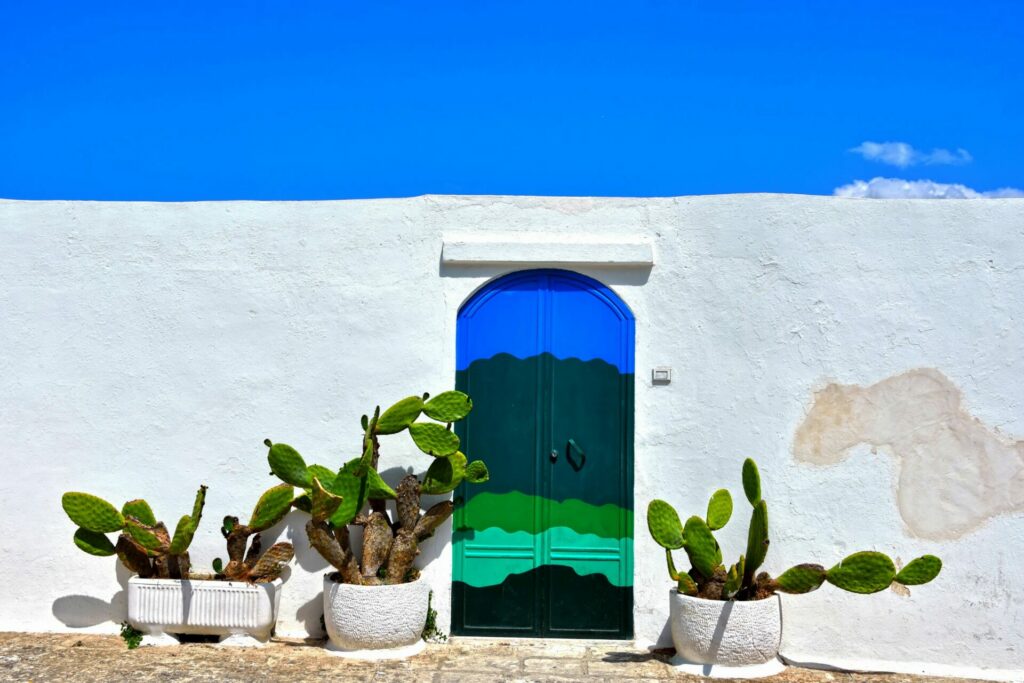
The blue door of Ostuni is a simple door that attracts tourists, influencers, content creators, photographers. Why?
Being colored with shades of green and blue as a tribute to the Adriatic sea on which the city overlooks, it matches the sky of an intense blue typical of Puglia and in contrast with the lime wall white, also typical of the White City.
The door leads to a private house, but once you arrive here, in a high part of the town, it is the view of the clearing of olive trees and Mediterranean scrub that captures your attention even more.
Surely a recommended place to visit while getting to know Ostuni and the surroundings f Brindisi.
Watchtowers in Salento
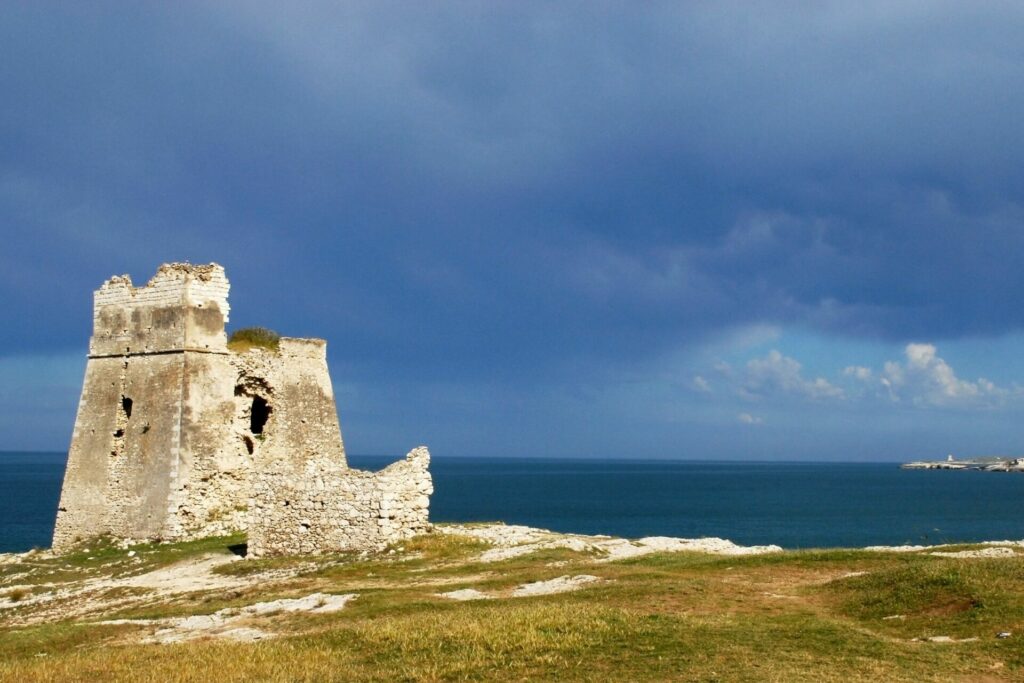
The territorial narrative never gives enough space to the mysterious, beautiful and majestic watchtowers of Salento.
The territory, along its more than 150 km of coastline, is full of these towers, some very well preserved, others in ruins and therefore full of gothic charm and mystery.
The approximately 100 watchtowers of Salento date back to very ancient times, some even to the Roman period, although most were built, in Salento as in Southern Italy, between 1558 and 1567, a period of frequent Ottoman incursions.
Casamassima, the blue city

It feels like we are in Chefchaouen, a Moroccan city known for its blue hues, instead we are in the area of Bari, in Casamassima, whose historic center has a series of glimpses and alleys colored in blue-tinted lime, which makes this place appear incredibly exotic.
But why is the ancient village of Casamassima mostly blue?
There are currently two theories, and both probably have a strong root of truth: The most recent tradition says hat the blue hues are a tribute to the veil that Catholic iconoclasm makes the Madonna wear, in particular the Madonna of Constantinople, protector of city and believed to be the one who saved the city from the plague.
Another series of studies instead speaks of the color blue as a choice of the Jewish community that settled here between the end of the 1500s and the beginning of the 17th century; as in the case of the city of Chefchaouen in Morocco and Safed in Israel, they became a place of protection and shelter for the Jewish diasporas from central Europe.


